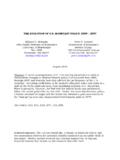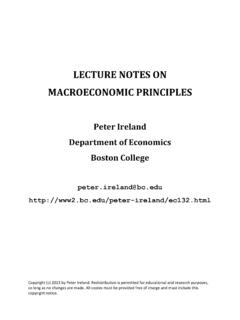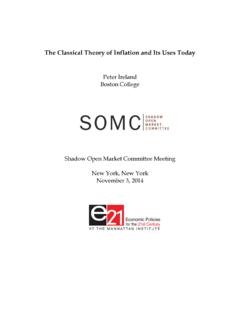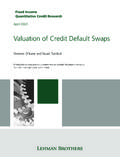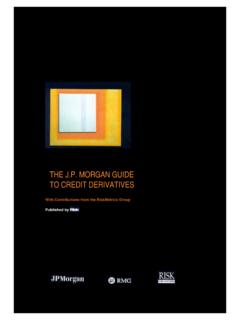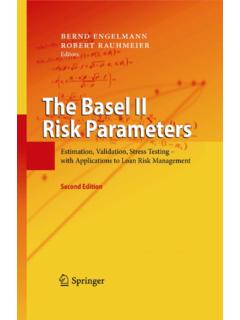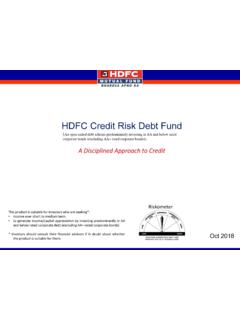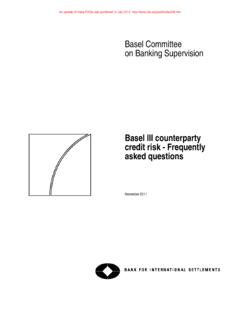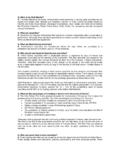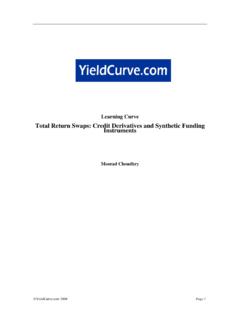Transcription of LECTURE NOTES ON MACROECONOMIC PRINCIPLES
1 Copyright (c) 2013 by Peter Ireland. Redistribution is permitted for educational and research purposes, so long as no changes are made. All copies must be provided free of charge and must include this copyright notice. LECTURE NOTES ON MACROECONOMIC PRINCIPLES Peter Ireland Department of Economics Boston College Ch 26 Saving, Investment, and the Financial System Introduction When a country saves a large fraction of its income, more resources are available for investment in capital, and higher capital raises the economy s productivity, raising living standards still further. But within that country, at any given point in time, some people will want to save some of their income for the future, while others will want to borrow to finance investments in physical capital.
2 How are savers and investors coordinated? The financial system consists of those institutions in the economy that help to match one person s savings with another person s investment. This chapter: 1. Describes the variety of institutions that make up the financial system in the US today. 2. Describes the relationship between the financial system and these key MACROECONOMIC variables: saving and investment. 3. Develops a model that describes how the interest rate adjusts so as to equate the demand for and supply of funds in the financial system and uses this model to show how various government policies affect the interest rate, saving, and investment.
3 Outline 1. Financial Institutions in the US Economy A. Financial Markets i. Bond Market ii. Stock Market B. Financial Intermediaries i. Banks ii. Mutual Funds 2. Saving and Investment in the National Income Accounts 3. The Market For Loanable Funds A. Supply and Demand for Loanable Funds B. Public Policies and the Market for Loanable Funds Financial Institutions in the US Economy Savers spend less than they earn. 2 Borrowers spend more than they earn. The financial system moves funds from savers to borrowers. Savers supply funds with the expectation that they will get those funds back with interest at a later date. Borrowers demand funds with the expectation that they will have to repay those funds with interest at a later date.
4 Financial institutions include: 1. Financial markets. 2. Financial intermediaries. Financial Markets Financial markets are institutions through which savers supply funds directly to borrowers. Hence, borrowing and lending activity in financial markets is often referred to as direct finance. The two most important financial markets in the US economy are: 1. The bond market. 2. The stock market. The Bond Market A bond is a certificate of indebtedness that specifies the obligations of the borrower to the holder of the bond. A bond typically specifies: 1. The date of maturity, when the principal or amount borrowed is to be repaid. 2. The rate of interest that will be paid periodically until the date of maturity.
5 Example: Ford Motor Company issues a $1000 bond with a maturity date of December 2030 and a 5% rate of interest. This bond will make annual interest payments of $50 each year until the end 2030, when the final interest payment is made and the $1000 returned. Three characteristics of bonds: 1. The bond s term is the length of time until the bond matures. Some bonds have short terms of only a few months, other bonds have long terms of up to 30 years. Typically, longer term bonds pay higher interest rates than shorter terms bonds, to compensate bond holders for having to wait longer to get their principal back. 2.
6 The bond s credit risk refers to the probability that the borrower will be unable to make interest payments and/or repay principal. When this happens, the borrower is said to default by entering bankruptcy. Typically, low risk bonds like those issued by the US Government pay lower interest rates than higher risk bonds issued by corporations: borrowers receive a higher 3 interest rate to compensate them for taking on more risk. Junk bonds, issued by financially shaky corporations, pay the highest rates of interest. 3. Bonds also differ in the tax treatment of their interest payments. Municipal bonds, issued by state and local governments, pay interest that is exempt from the federal income tax.
7 Because of this tax advantage, municipal bonds usually pay lower interest rates than bonds issued by private corporations or even the US Government. The Stock Market A stock is a certificate that represents a claim to partial ownership in a firm and hence a share of the profits that the firm makes. The firm pays out some of its profits as dividends to its stockholders. Example: if a corporation issues 1,000,000 shares of stock, then each share represents a claim to 1/1,000,000 of the business. From the borrower s point of view, the sale of stock to raise money is called equity finance, while the sale of bonds to raise money is called debt finance.
8 From the saver s point of view: - The advantage to buying a bond is that it pays a fixed rate of interest and returns the principal for sure, except in the rare case of bankruptcy. - The disadvantage to buying a bond is that its payments are fixed, even if the firm earns higher and higher profits. - The advantage to buying a stock is that its dividends, and therefore its price, will rise when the firm earns higher profits. - The disadvantage to buying a stock is that its dividends, and therefore its price, will fall when the firm earns lower profits. Although the US bond market is actually much larger than the US stock market, stock prices get more attention.
9 This is not surprising, in light of the consideration of bonds versus stocks from above, since stock prices are more closely linked to firm profitability and hence to the health of the US economy. Stock indexes, or averages of stock prices, like the Dow Jones Industrial Average (an average of stock prices for 30 major US corporations) and the Standard & Poor s 500 (an average of stock prices for 500 large US corporations) are closely followed by economists and financial market participants. Financial Intermediaries Financial intermediaries are institutions through which savers supply funds indirectly to borrowers. Hence, borrowing and lending activity through financial intermediaries is often referred to as ind irect finance.
10 Two of the most important financial intermediaries in the US economy are: 1. Banks. 2. Mutual funds. 4 Banks Banks: 1. Accept deposits from savers. 2. Make loans to borrowers. Banks cover their costs and make profits by charging a higher interest rate on their loans than they pay on their deposits. Banks are also special, in that they allow savers to write checks on some types of deposits. That is, bank deposits serve as a medium of exchange as well as a store of value. Mutual Funds Mutual funds: 1. Sell shares to savers. 2. Use the proceeds to buy a collection or portfolio of stocks and/or bonds. Why don t savers just buy the stocks and bonds themselves?

